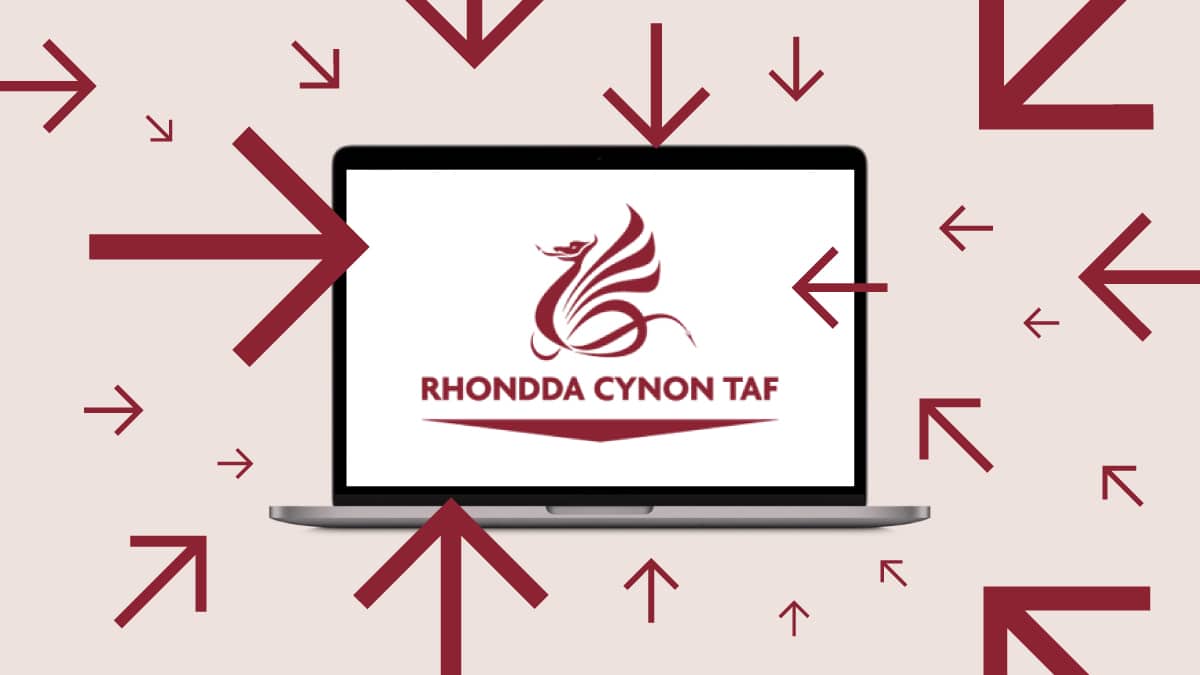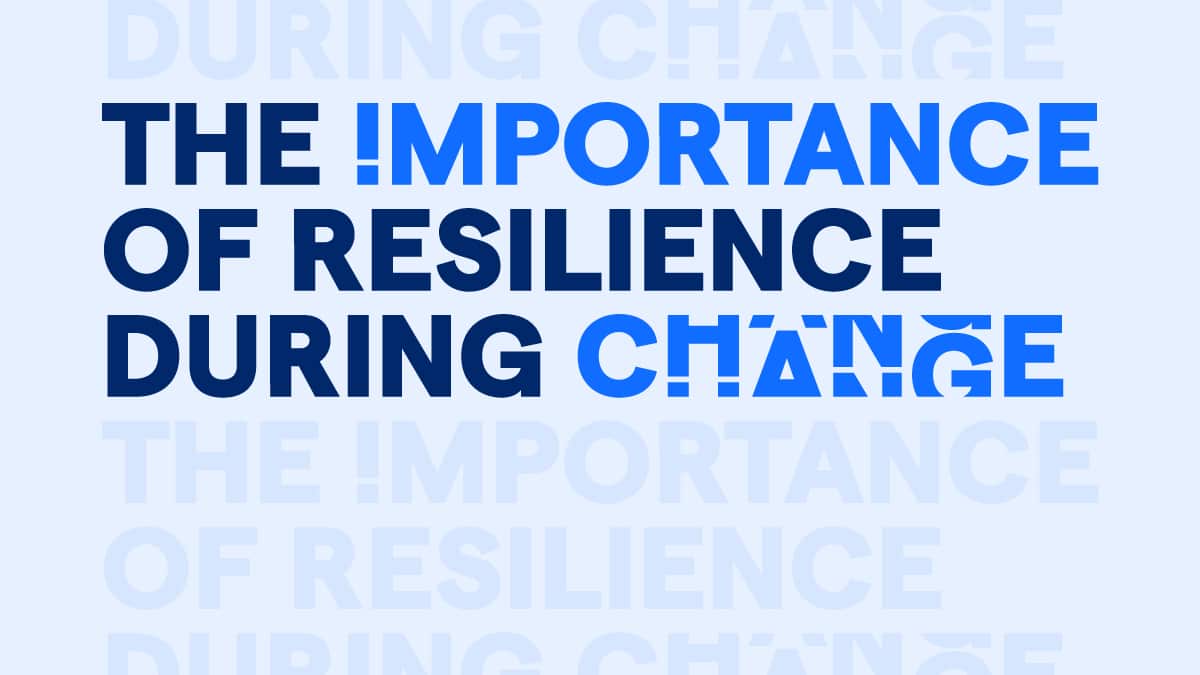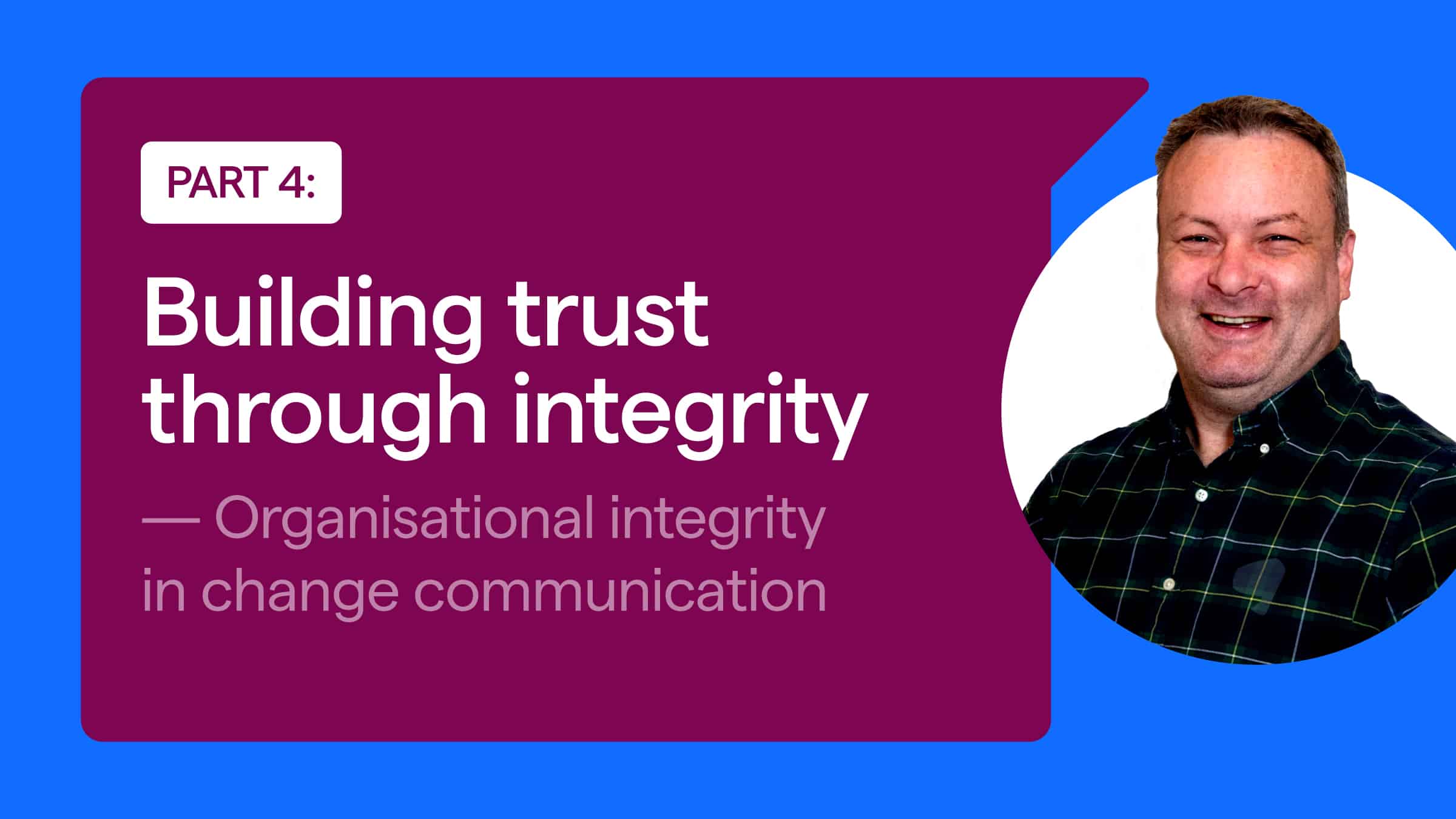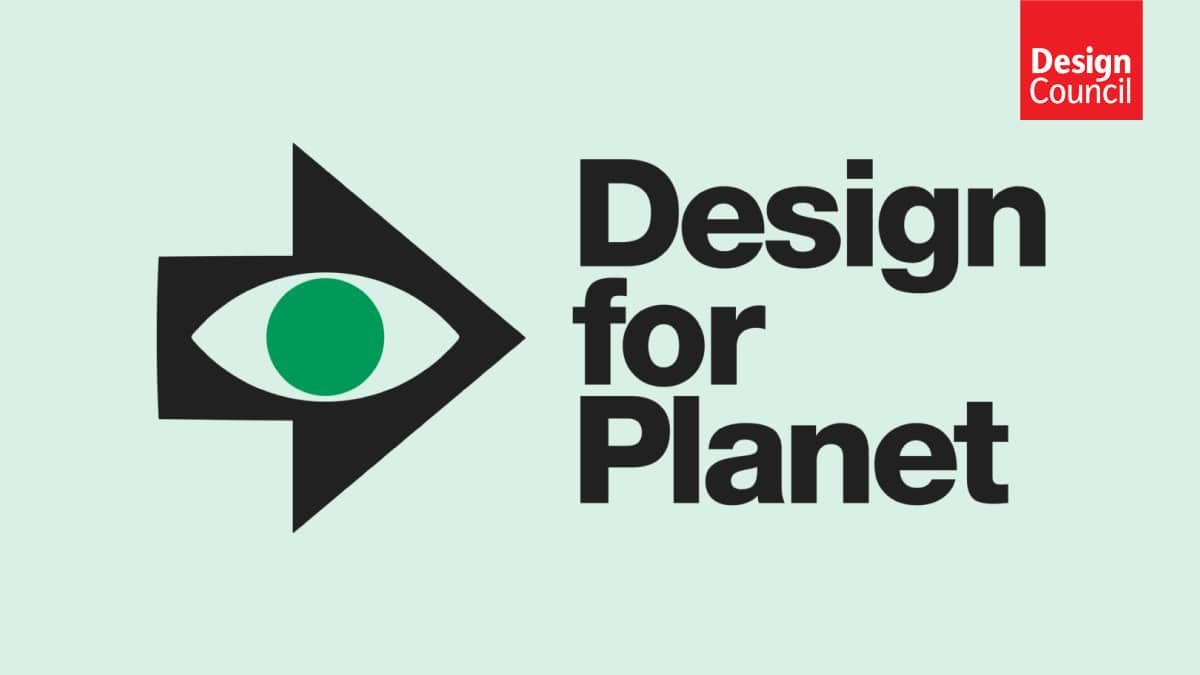Remote delivery – agile through a computer screen
Written by: Perago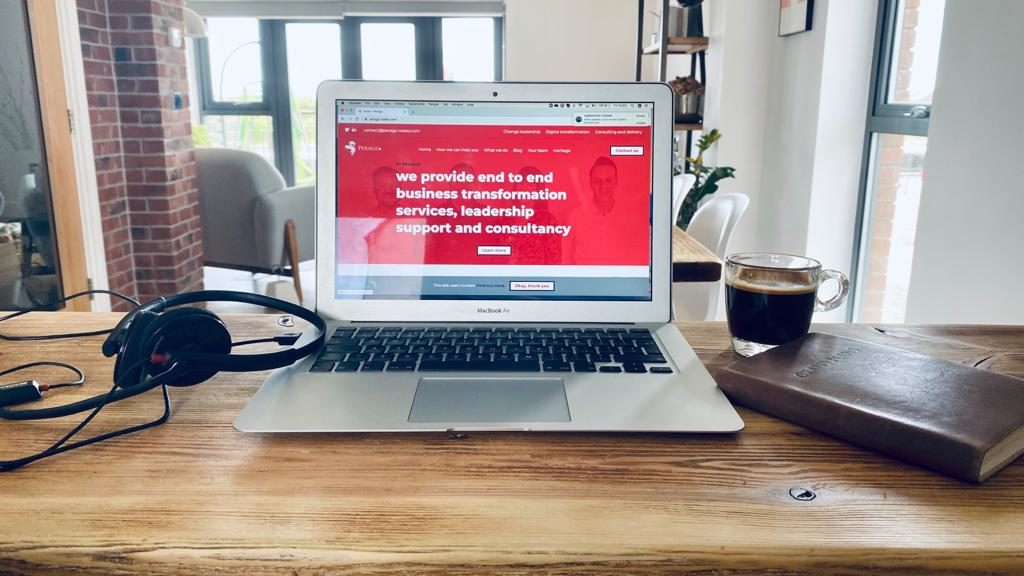
It is fair to say that in recent history nothing has been as disruptive to established ways of working as the current pandemic. It has forced our attention on our often neglected capability to enable remote and homeworking, challenged our thinking about ‘business as usual’ and demonstrated the resilience of our colleagues and teams. I would guess while many organisations will have had a plan to support a more flexible and mobile workforce, very few would have gone far enough to cope with the paradigm shift caused by COVID-19. Overnight organisations have had to ensure their workforce can continue to operate, in some shape or form, and ensure their users have access to services to meet their needs; a particular challenge when those services are frontline or critical.
With social distancing here to stay for the foreseeable future and a realisation that we may not want to go back to the ‘old ways’, at least in our working lives anyway, this is only the start of the journey. Last week my colleague, Tim Daley, wrote about the impact of the current climate on leadership and in maximising the opportunity ‘we simply need to do more of the things we already should have been doing’. I couldn’t agree more. It also led me to think about the work we do as agile delivery teams. Agility in the way we approach change better enables organisations to deliver user-centred services. If we approach change in an agile way then we are better at solving problems, reacting to changing needs and delivering things that add tangible value to users. I’m proud to say that I’m working with a great set of teams and, if anything, current events have led me to reinforce the value I attach to some of the key principles of agile working, particularly when working remotely.
For me three principles have stood out over the last few months:
Delivery must be focused on user outcomes. Ensuring there is clear alignment between user need, the related business priority and the incremental delivery plan is critical. It ensures everyone has a common understanding of why we need to do something and what value that creates for the user and the business and this is even more relevant during these turbulent times. We’ve worked closely with our colleagues and users to understand their changing needs and adapted our roadmaps accordingly; focusing our attention on the immediate priorities, but recognising the impact on our long term goals. In our fortnightly planning sessions, we’ve tried to define outcome-based goals that are clear to everyone. For each goal we answer a series of questions;
- What does achieving the goal mean for the user?
- Do we have sufficient clarity on what needs to be achieved?
- Do we have everything we need to start?
- Do we have everything we need to finish?
- What is the impact of not achieving this goal?
This helps the team to maintain focus across the delivery disciplines, understand the enablers and potential blockers upfront and make day-to-day decisions with a common perspective on their impact on the broader team goals.
Continuous learning is as important as ever. An agile delivery team must inspect the things they do, the way they go about them and adapt to improve performance over short cycles. Given the immediate shock of having an entire team working from home, and maintaining a level of delivery pace, it can be easy to forget the importance of this simple thing. As we find our way through a virtual delivery environment it’s important to take the time to reflect on the things that work and the things that don’t. Every team will be different but we found that some things work better in a virtual environment; it’s easier for teams to manage the deployment process in the environment we work in, particularly when there’s a major, user-facing release involving all our in-house team and delivery partners. It allowed our in-house, near and offshore team to collaborate in a way we hadn’t considered in the physical office setting and made the deployment process much easier to orchestrate. Another key learning is that collaboration requires a more concerted effort when working remotely than it does in the office. To support this we’ve had to create opportunities throughout the day for the team to get together to unblock problems or just talk about ‘stuff’. From stand-up ‘afterparties’ to afternoon drop-ins. It made sense for us to establish regular slots throughout the day where we could casually get together if needed.
People make teams. Sounds like an obvious statement but as agile delivery teams we know we’re only as strong as the collective (I don’t mean we’re the Borg). Everyone has their role to play in making things a success but we have to enjoy being part of the journey; where’s the fun in doing it otherwise? The team’s wellbeing is important. We all know that but in these strange times, it’s easier to hide if you’re struggling when you’re just a face or some initials on a computer screen. During ‘lockdown’ the reality of working from home may not necessarily be everything we’ve dreamed of. There can be a level of intensity that didn’t seem to be there in the office and the lack of separation between work, the evenings and the weekend can be a challenge. Everyone is figuring out how to adjust, not only in work but at home as well. I think that’s an important thing to recognise. We can support each other in many ways, celebrating our successes together, recognising someone’s efforts or just having a bit of a laugh. Whether it be contributing to lockdown playlist, virtual Friday socials, bingo sessions or checking in on each other, we’re all in the same boat and we should help each other out whenever we can.
It looks like the uncertainty of both our personal and work lives may be around for a while. Focusing on our tried and tested ways of working, the principles and values that helped us deliver in the pre-COVID-19 world we can adapt, learn and create a new perspective for whatever the future of our workplaces will be. For now, I’m focusing my attention on the next team challenge. Virtual karaoke is at the top of my list. I think I’ll be on my own for that one.

